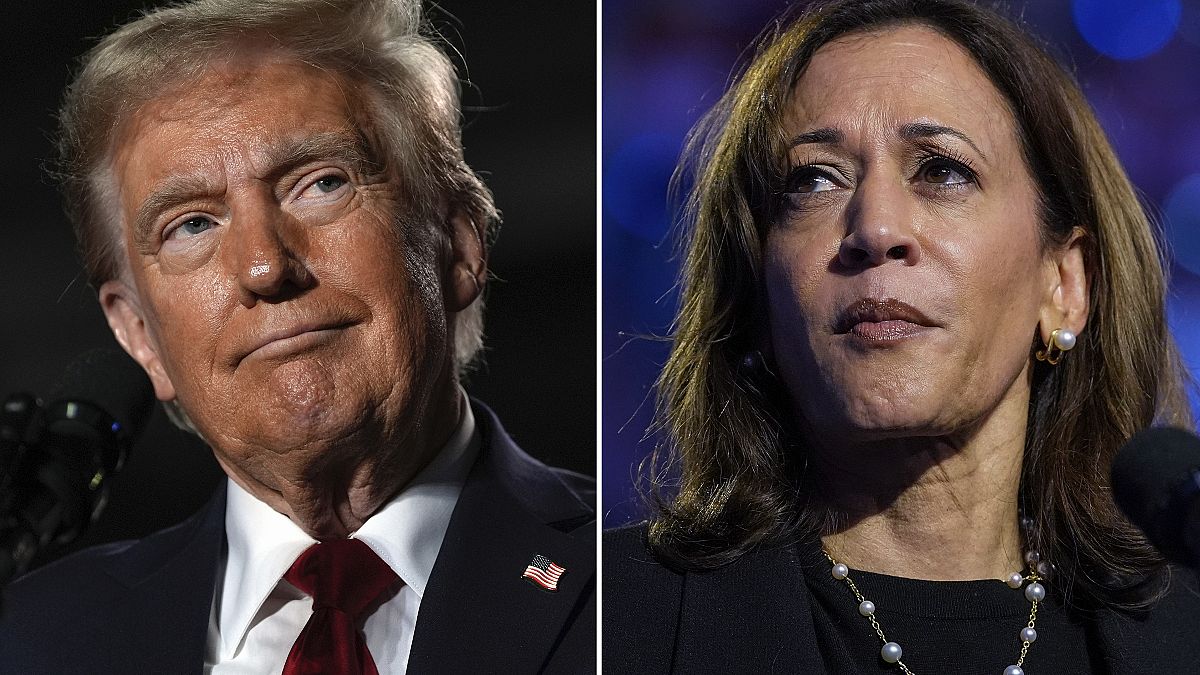In the upcoming US presidential election between Kamala Harris and Donald Trump, there is a small possibility that the results could result in a tie. The US electoral system is based on the Electoral College, which consists of 538 votes distributed among the fifty states and the District of Columbia. If both candidates end up with 269 electoral votes each, it would result in a stalemate, as seen in US history in the 1800 and 1824 presidential elections.
In the 1800 election, a tie occurred between Thomas Jefferson and Aaron Burr, leading to a deadlock that was settled by the House of Representatives. This incident led to the introduction of the 12th Amendment, which clarified the process of electing the US president to avoid any future ties. In 1824, a similar scenario played out when Andrew Jackson, John Quincy Adams, William Crawford, and Henry Clay all received electoral votes without any candidate achieving a majority.
In the event of a tie in the electoral college, the House of Representatives is tasked with choosing the president from the top three candidates. Each state gets one vote, regardless of its population size, leading to a unique scenario where each state has an equal say in the decision. The tie scenario could lead to immense pressure on newly sworn-in US congress members, who would have to navigate between party loyalties and popular vote dynamics within their states.
There are various scenarios outlined by 270toWin that could result in a tie, such as Trump winning Pennsylvania and Georgia while Harris secures victories in several key states. Another unlikely scenario could lead to a 269-269 tie, triggering a contingent election where the House of Representatives would elect the new president. This situation could also result in a unique cohabitation where a Republican president and a Democratic vice president or vice versa take office.
Despite a tie being unlikely, it is still a possibility that the US must consider in the upcoming election. The tie scenario could lead to a historic event where newly elected members of Congress would be tasked with choosing the next US president in a closely divided country. This unique situation could lead to a complex decision-making process that no one in the US can currently predict or envision.











